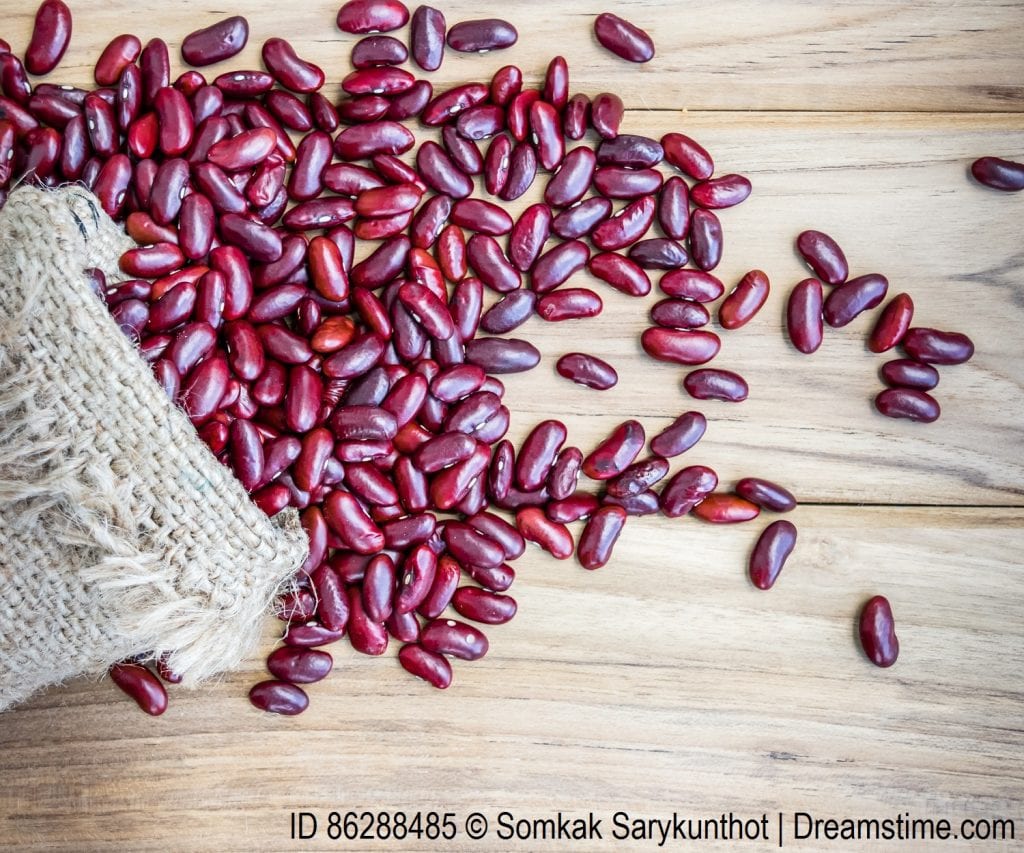Lesson Plan
Grades 6-8
Double Feature
This lesson plan must be purchased as part of a lesson packet or as part of a full curriculum that is available in our store.
See Purchase OptionsResource Overview
Students use mathematical formulas to calculate growth rates and doubling times, and to determine the difference between arithmetic and geometric growth.
Students will be able to:
- Calculate the doubling of an amount and understand how small amounts build quickly with multiple doublings.
- Explain how birth and death rates affect population change.
- Explain the difference between arithmetic (linear) and geometric (or exponential) growth.
- Calculate the rate of natural increase for several countries, as well as their corresponding population doubling or halving times.
- Analyze countries’ projected population doubling times to project future challenges of demographic changes.

Features of This Resource
- Students use ratios to investigate demographic statistics and their meanings
- Real-world country data included
- Includes equations for RNI and doubling time
How Do I Get This Lesson Plan?
This lesson plan must be purchased as part of a lesson packet or as part of a full curriculum that is available in our store.
Other Resources You Might Like:

In a short demonstration, students observe how populations grow when the birth rate exceeds the death rate and then model... Read more »

Through riddles and cooperative learning math activities, students work through problems to calculate and visualize millions and billions of things... Read more »

Students use beans to model population growth in several mystery countries while varying four key demographic factors. Students will be... Read more »
Nice to meet you!
Tell us a bit about yourself so we can continue creating resources that meet your needs.
You’ll only need to fill out this form once. If you’ve already completed the form, you can confirm your email here.




